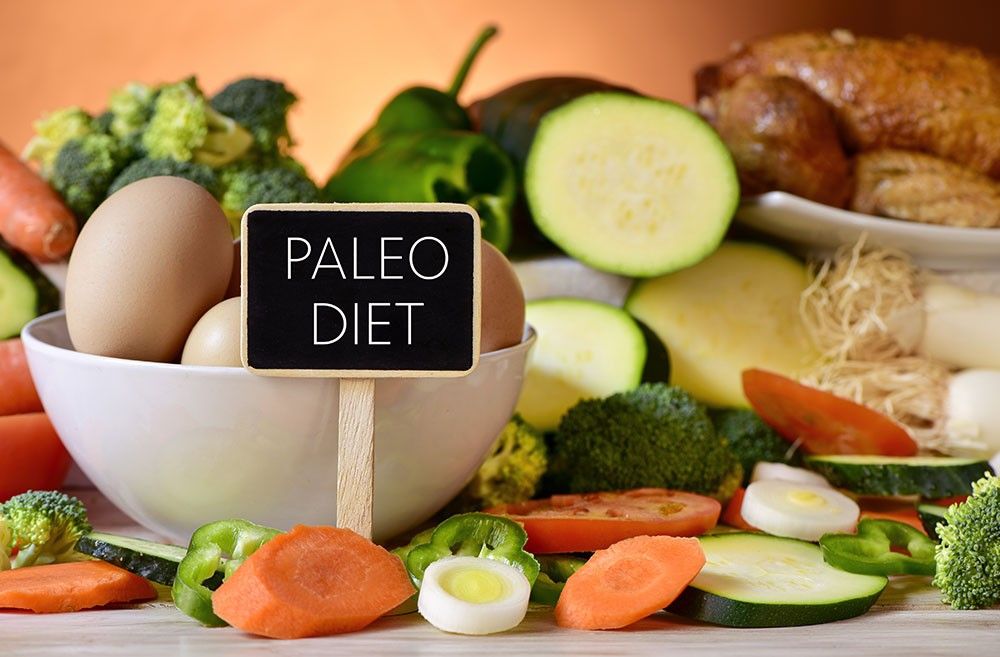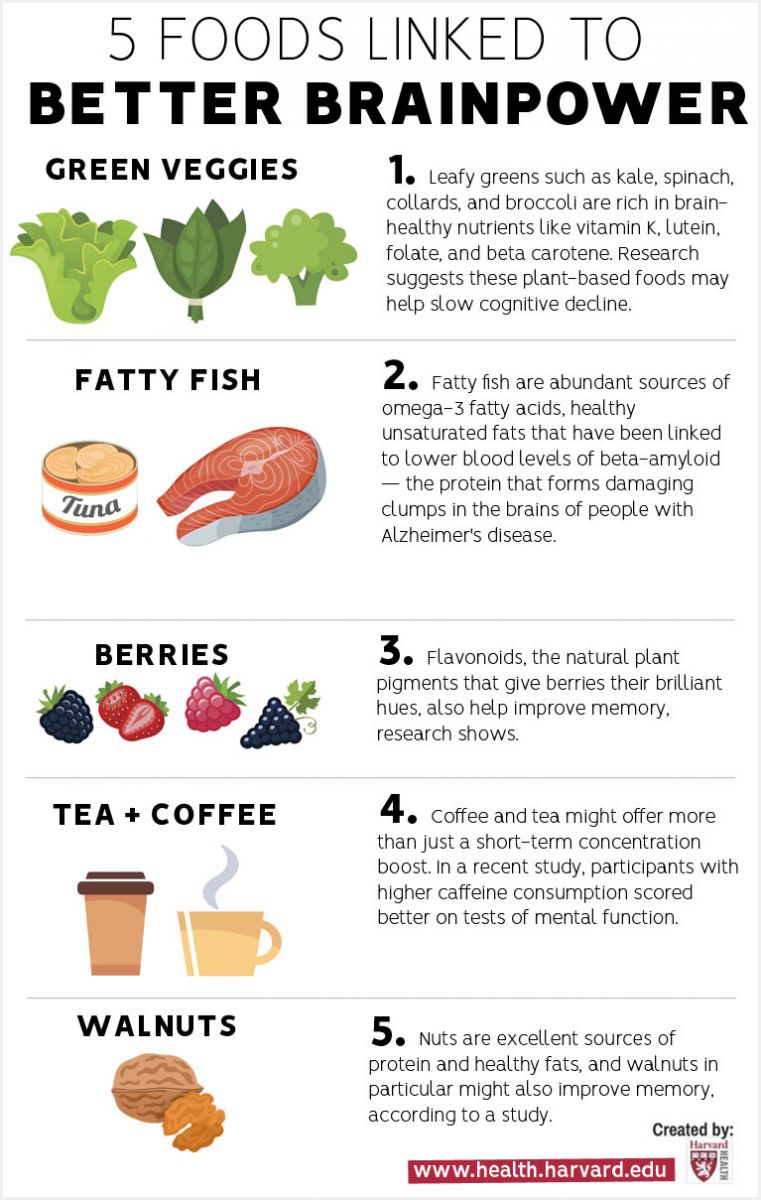
The key element to healthy growing is children's nutrition. Healthy eating habits include whole grains, fruits, vegetables, nuts and whole grains. You should consider how much sugar is added to the fruit you choose for your child's meals. As a rule of thumb, fruits should contain at least 80 % water. You should also avoid salting canned fruits. Canning canned fruit can be a convenient way to add fresh fruits to your child's diet. However, it is best to choose fruit that has minimal sugar or salt.
No matter their age, parents play a crucial role in children’s nutrition. The American Dietetic Association Foundation recently conducted a study that found that most children rank their parents as their top role models in children's nutrition. They cited that 70% of kids regularly talk with their parents about eating healthy food and body size. They stressed the importance to spend quality time with parents to promote healthy eating habits, and adequate school meals.

Despite parents being overwhelmed by the variety of food choices, children's diets have dramatically improved over the past few decades. Today, children have access to more nutritious foods. In addition to fruits, vegetables are a great choice for all ages. You should aim to consume two to three cups of vegetables each day. Mixing dark greens with brightly colored vegetables is possible. Some children are not fond of vegetables. You can make the experience more interesting by adding them to your child's dinner.
Healthy fats are the best way to increase children’s dietary intake. Trans fats and saturated oils are detrimental to children's well-being. Vegetable oil is rich in healthy fats, as are nuts, seeds, and seafood. It is best to reduce your child's intake and to focus on healthier fats. There are many methods to achieve this goal, but keep in mind to be mindful of moderation and to place emphasis on healthy fats over unhealthy ones.
A fruit diet can be a great way to help your child eat better. The majority of fruit are naturally sweet. This means that the fruit is naturally sweet and has minimal or no added sugars. This is good for their health. It is also rich in fiber and other nutrients. It is a great choice for a balanced diet. There are many options for fresh and dried fruit. You can also add juice or fruits. These are the most nutritious sources of vitamin A and antioxidants.

There are many important things to remember when it comes to preparing your child’s diet. It is important to remember that you don't want your child to go hungry. It is your goal to ensure that they have everything they need in order to be healthy. You should avoid high-calorie foods that aren't healthy for them. You should also avoid eating foods that are too high in calories if your child doesn’t enjoy them. You can have a healthy childhood by eating well.
FAQ
How do I get enough vitamins?
Your diet can provide most of your daily requirements. Supplements can be helpful if you are lacking in any one vitamin. A multivitamin supplement can provide all the vitamins you require. You can also buy individual vitamins at your local pharmacy.
Talk to your doctor about the best foods for vitamins if you're concerned about not getting enough nutrients. For example, dark green leafy vegetables such as spinach, broccoli, kale, collard greens, turnip greens, mustard greens, bok choy, romaine lettuce, arugula, and Swiss chard are rich in vitamins K and E. Other good sources include oranges, tomatoes, strawberries, cantaloupe, carrots, sweet potatoes, pumpkin, and squash.
Ask your doctor if there is any doubt about how much vitamin you should be taking. Based on your medical history, and your current health status, your doctor will recommend the right dosage.
What is the difference in a virus and bacteria?
A virus is an organism microscopic that can't reproduce outside its host cells. A bacterium is a single-celled organism that reproduces by splitting itself in two. Viruses are small, around 20 nanometers in size. Bacteria are much larger, at 1 micron.
Viruses spread easily through contact with infected bodily tissues, such as saliva and urine, semen, vaginal secretions or pus. Bacteria are often spread via direct contact with contaminated surfaces or objects.
Viruses can get into our bodies through cuts and scrapes on the skin, bites, and other injuries. They can also be transmitted through the eyes, nose, mouth, ears, rectum, and anus.
Bacteria may enter our bodies through cuts and scrapes on our skin, burns, insect bites, and other wounds. They can also get into our bodies via food, water or soil.
Both viruses and bacteria can cause illness. However, viruses cannot reproduce within their hosts. They can only infect living cells and cause illness.
Bacteria can grow in their hosts and cause disease. They can also invade other parts of your body. To kill them, we must use antibiotics.
What is the difference between sugar and fat?
Fat is an important energy source, which comes from food. Sugar is a sweetener found in fruits, vegetables, and other foods. Both sugars and fats have the same calories. Fats however, have more calories than sugars.
Fats can be stored in the body, which can lead to obesity. They can cause cholesterol buildup, which can lead you to heart attacks and strokes.
Sugars are quickly absorbed into the body and provide instant fuel. This causes blood sugar levels to rise. High blood glucose levels are dangerous as it can increase the likelihood of developing type 2 diabetes.
Improve immunity with herbs and supplements?
To boost immunity function, herbs and natural remedies are available. You can use ginger, garlic, echinacea oregano oil and vitamin C as examples.
However, these herbal remedies should not replace conventional medical treatment. Side effects can include nausea, dizziness, stomach cramps and dizziness.
Why does our weight change with age
How do I know if my bodyweight changes?
If there are less calories than muscle mass, then weight loss is possible. This means that daily calories should be less than daily energy. Activity levels are the most common reason for weight loss. Other factors include stress, illness and pregnancy. A person who has more fat than their muscle mass will experience weight gain. It occurs when people consume more calories per day than they need. Overeating, increased physical activity and hormonal changes are all common reasons.
We eat less calories than we burn, which is the main reason our bodies lose weight. Exercise regularly increases your metabolism rate, which allows you to burn more calories every day. This does not necessarily mean that we will get thinner. What is more important is whether or not our body is losing or gaining weight. If we're burning more calories than we're consuming then we're going to lose weight. But if you consume more calories than you burn, you're actually storing them for fat.
As we age, our ability to move around is slower and we are less mobile. We also tend eat less than we used to. Also, we are more likely to gain weight. We also tend to look larger because we have more muscle.
Without regularly weighing yourself, it is impossible to gauge how much weight you have lost. There are many ways you can measure your weight. You can gauge your waist size, hips, hips, thighs and arms. Some people prefer using bathroom scales and others prefer tape measure.
To track your progress, weigh yourself once a week. Measure your waistline once per month. You can also take photographs of yourself every few years to track how far your progress has been.
Online measurements of your height and weight can help you determine your body mass. You'd likely weigh 180 pounds if you were 5'10 tall and 180 pounds if you were 180lbs.
Statistics
- According to the 2020 Dietary Guidelines for Americans, a balanced diet high in fruits and vegetables, lean protein, low-fat dairy and whole grains is needed for optimal energy. (mayoclinichealthsystem.org)
- WHO recommends reducing saturated fats to less than 10% of total energy intake; reducing trans-fats to less than 1% of total energy intake; and replacing both saturated fats and trans-fats to unsaturated fats. (who.int)
- WHO recommends consuming less than 5% of total energy intake for additional health benefits. (who.int)
- nutrients.[17]X Research sourceWhole grains to try include: 100% whole wheat pasta and bread, brown rice, whole grain oats, farro, millet, quinoa, and barley. (wikihow.com)
External Links
How To
How to stay motivated to stick to healthy eating and exercise
Healthy living: Motivational tips
Motivational Tips To Stay Healthy
-
Make a list with your goals
-
Realistic goals
-
Be consistent
-
Reward yourself when your goal is achieved
-
Even if you make a mistake, don't quit!
-
Have fun